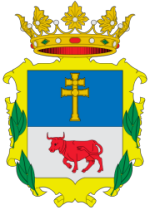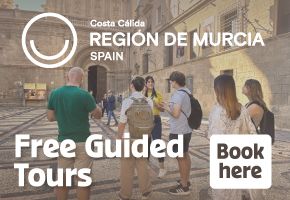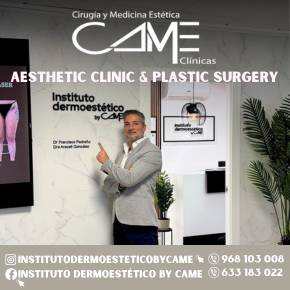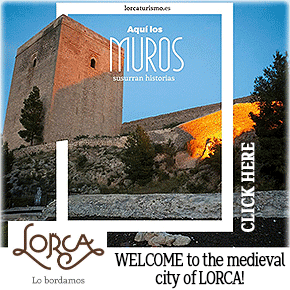
To be listed on the CAMPOSOL TODAY MAP please call +34 968 018 268.
article_category
CARAVACA DE LA CRUZ, MONUMENTS AND MUSEUMS
Murcia Sporting Activities & Events..Region of Murcia NewsWalks, senderismo routesTourist Info and places to visit..Property sales and rentalsLa Manga Club & Local newsCorvera Airport MurciaCante de las MinasCamposol & Local NewsLocal News and Community Info.Local News and Whats onWhat's on LorcaBanking Investment PensionsTourist Info and Places to visit..Whats On Alicante Comarca: NewsUseful local informationLocal News TotanaLocal News Pilar de la Horadada..Whats On North & North West Murcia..
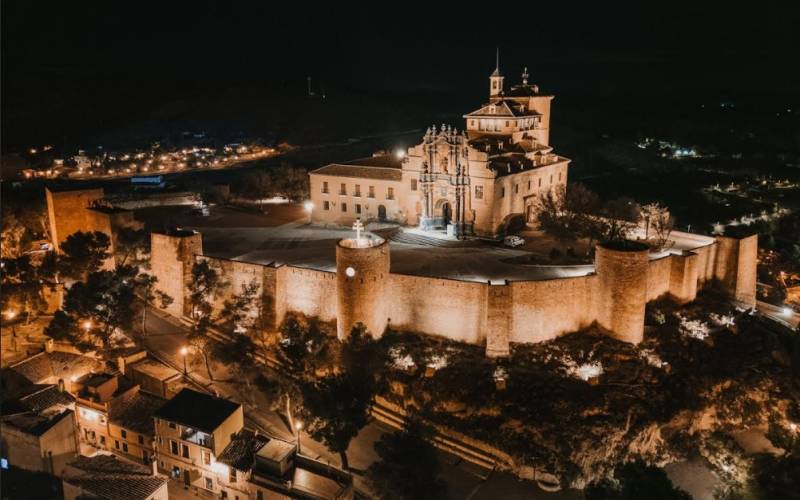
The Castle-Basilica of Caravaca premieres new external illuminationLED lights highlight the beauty of the buildings at the heart of Caravaca’s identity At a ceremony on 17th November which was attended by Fernando López Miras, the president of the regional government, among others, the new exterior lighting.. 18/11/2025
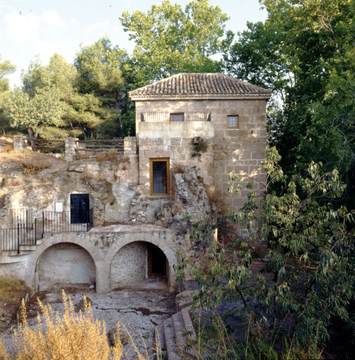
Las Fuentes del Marqués and the Torreón de los Templarios in Caravaca de la CruzA wonderful natural beauty spot with an interpretation centre and water features in Caravaca Las Fuentes del Marqués is an attractive natural park area about 2km from the centre of Caravaca de la Cruz and is an ideal place to escape the milling crowds..
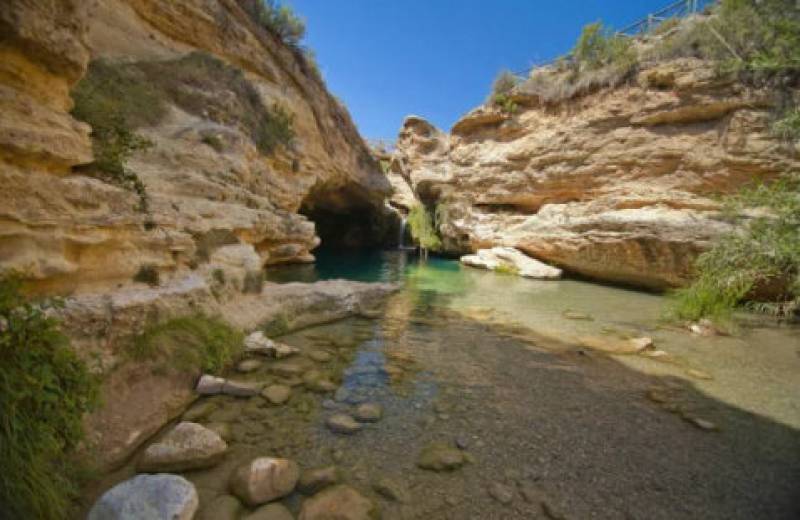
5 natural monuments in the Region of MurciaPlaces in Murcia where the spectacle of nature takes the breath away The Region of Murcia, in the south-east of Spain, is known mainly for its warm climate (with over 320 days of sunshine per year), but apart from the weather there are many more reasons to..
Museo Carrilero sculpture museum in Caravaca de la CruzThe art and sculptures of Jose Carrilero in Caravaca de la Cruz Sculptor José Carrilero Gil was born in 1928 in Caravaca de la Cruz, in the building which now houses a museum dedicated to his works, the Museo Carrilero. His father was head of the..
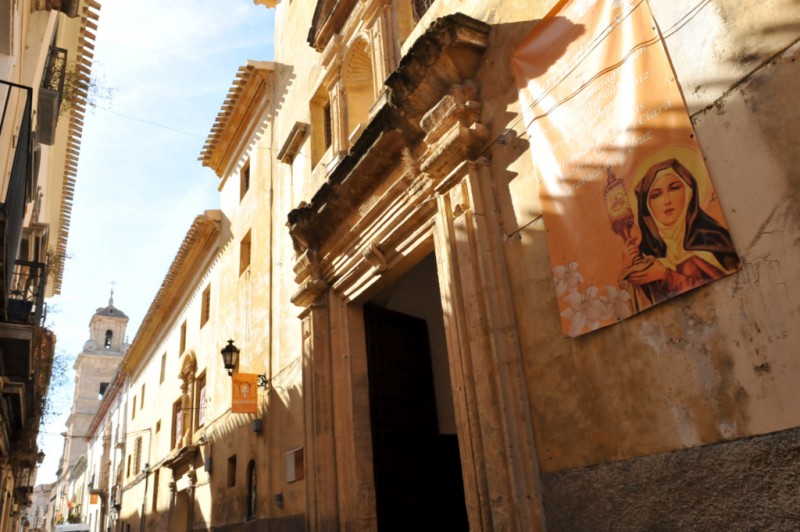
The Convent of Santa Clara in Caravaca de la CruzThis 17th century Caravaca convent is still in use today The convent dedicated to Santa Clara in Caravaca de la Cruz is in the historic centre of the city, in Calle de las Monjas, and dates from the early 17th century. Unlike many of the religious buildings..
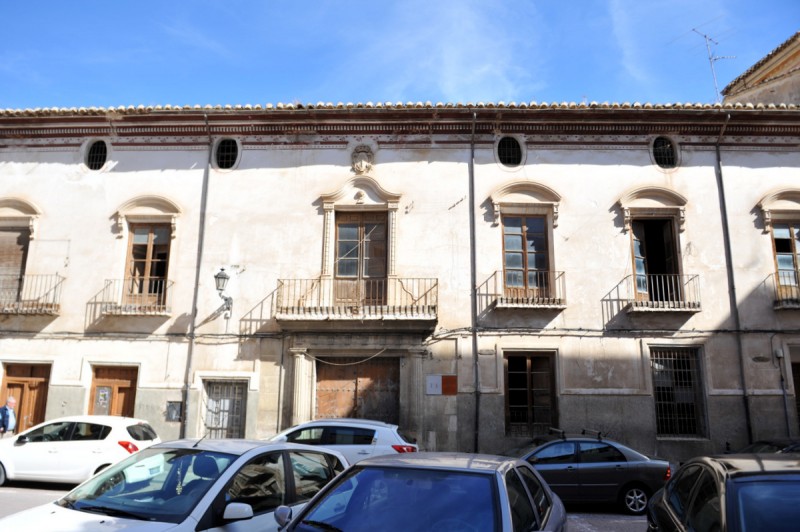
The Palacio de la Encomienda in Caravaca de la CruzThe palace in Caravaca is also known as the Casa de la Tercia The Palacio de la Encomienda is one of the historic buildings in the centre of Caravaca de la Cruz, although nowadays it is privately owned and can only be viewed from the outside. The building..
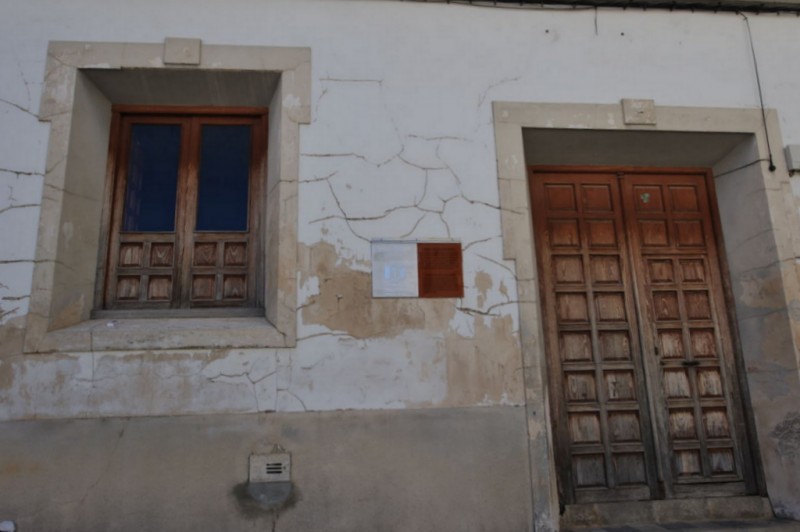
The church of San Sebastián in Caravaca de la CruzThis modest 16th century church is now home to a Caravaca music society Popularly known as the “Ermita del Santo”, the small church in Caravaca de la Cruz dedicated to San Sebastián dates from the early 16th century and is thought to..
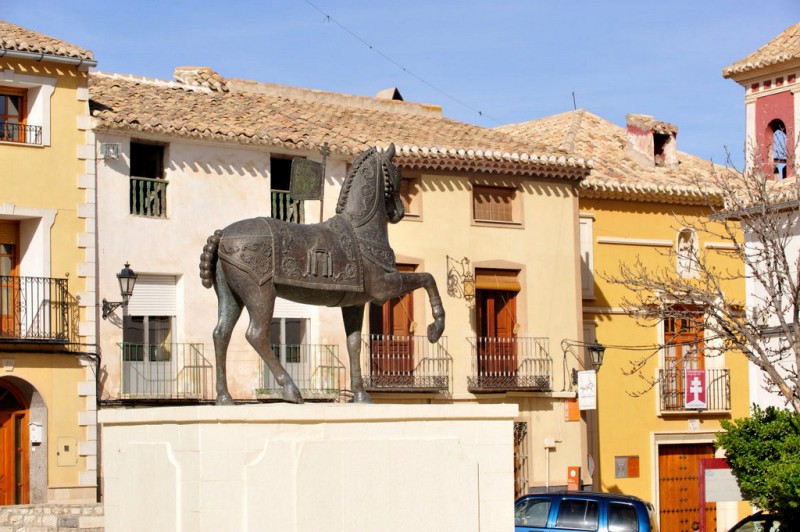
The Plaza de los Caballos del Vino in Caravaca de la CruzThe wine horses of Caravaca gather here the evening before their race to the castle The Plaza de los Caballos del Vino is in the north-west of the old centre of Caravaca de la Cruz (click for map), and is dominated by a statue of one of the wine horses after..
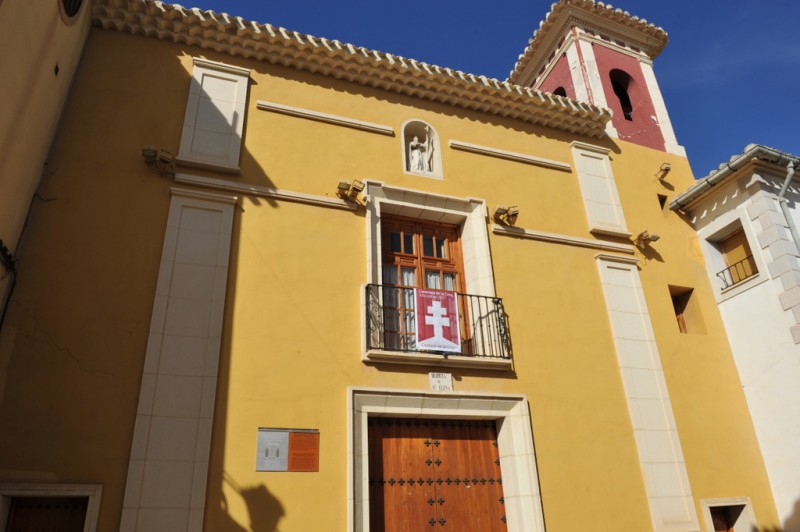
The church of Santa Elena in Caravaca de la CruzThis Ermita de Santa Elena has been used as a place of worship in Caravaca for 300 years The Ermita de Santa Elena is a small church in Caravaca de la Cruz between Calle Canalejas and Calle Santa Elena, the current structure dating from the first quarter of..
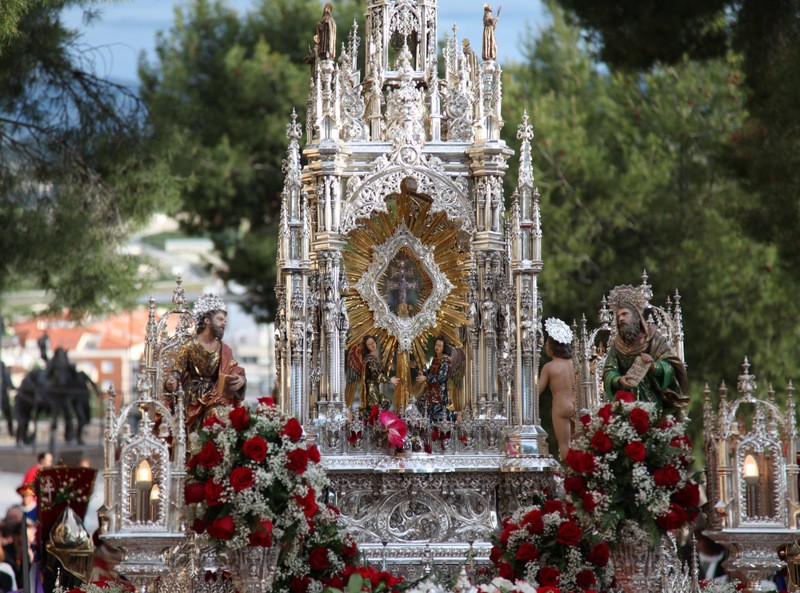
The Vera Cruz, the True Cross of Caravaca de la CruzThe holy relic of Caravaca has defined the history and development of the city The Cross of Caravaca represents many things to many people and since the Middle Ages it has come to define the nature of the city in which it appeared and is kept. For some..
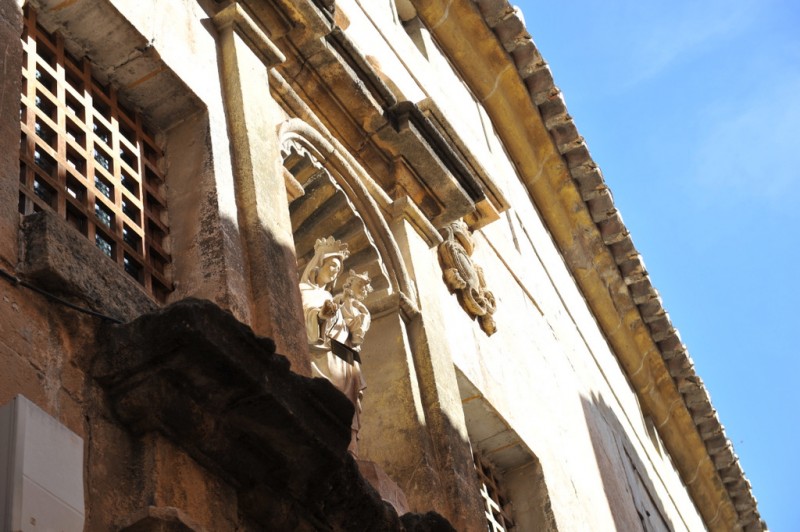
The convent-church of San José in Caravaca de la CruzThe Carmelite convent in Caravaca was founded by Santa Teresa de Ávila in 1576 The baroque 16th-century convent church of San José stands on the Calle Mayor in the centre of Caravaca de la Cruz, and was founded in 1576 during the reforming..
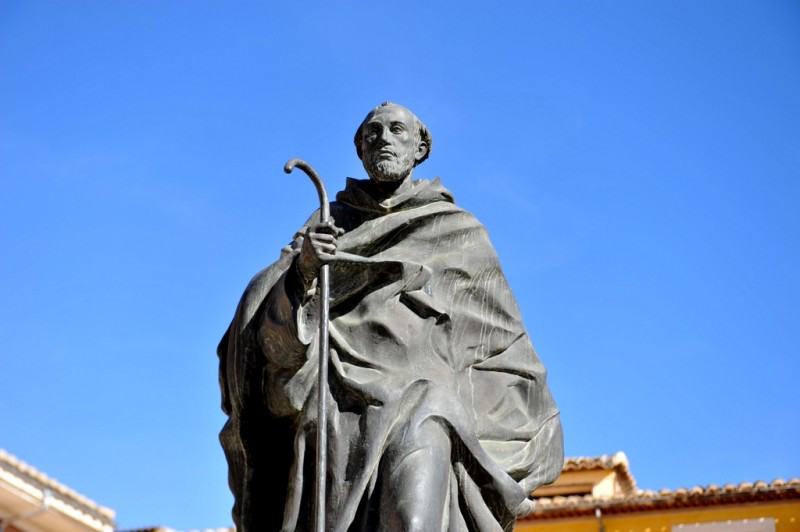
The Plaza de San Juan de la Cruz in Caravaca de la CruzThe square is named after the saint who founded the Convento del Carmen in Caravaca The Plaza de San Juan de la Cruz is right in the heart of the city of Caravaca, at the eastern end of the Paseo de la Glorieta, or Calle Corredera, outside the convent-church..
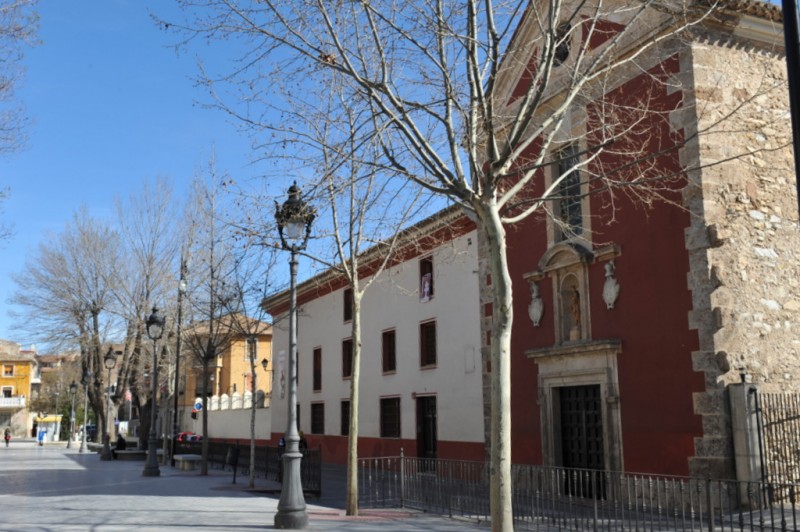
The convent church and monastery of Nuestra Señora del Carmen in Caravaca de la CruzIglesia del Convento de Nuestra Señora del Carmen de Caravaca de la Cruz This church, parts of which date back to the 16th century, has had one of the more chequered histories of the many places of worship in Caravaca de la Cruz, having been one of..
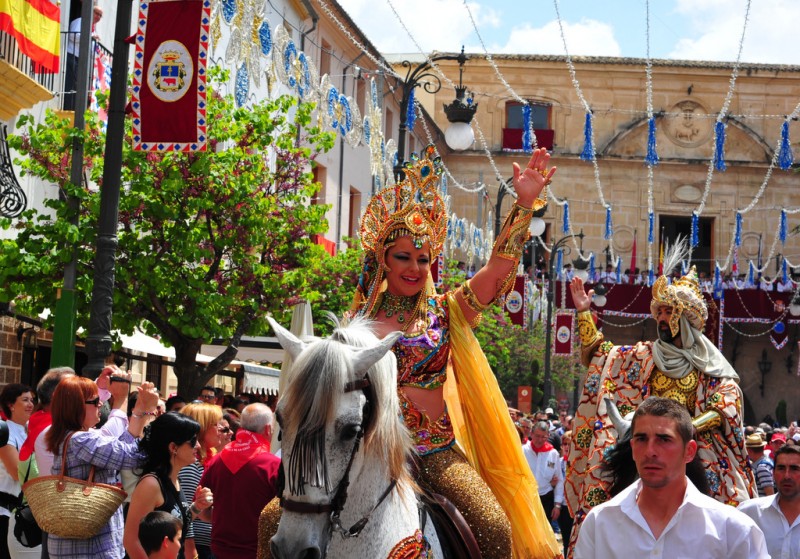
The Town Hall of Caravaca de la CruzThe Casa Consistorial in Caravaca dates from the 18th century The baroque Casa Consistorial, the main Town Hall building in Caravaca de la Cruz, is in the Plaza del Arco at the foot of the hill on which the castle-sanctuary stands, and is one of the most..
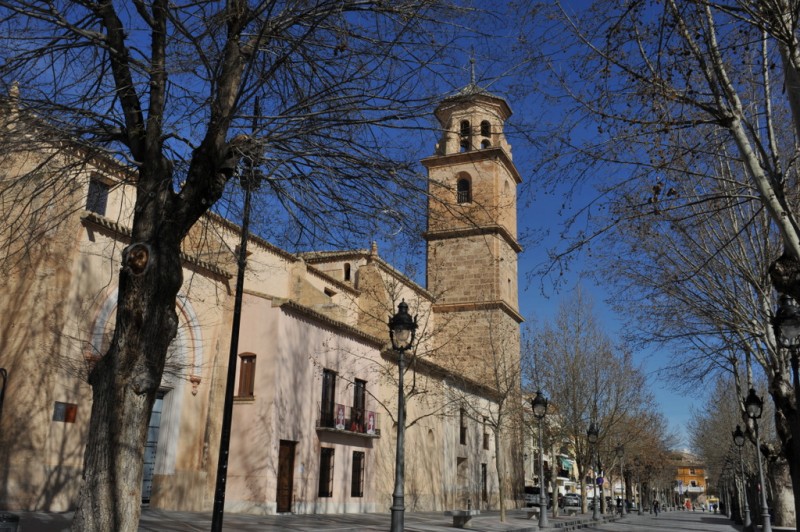
The Iglesia de la Purísima Concepción in Caravaca de la CruzContruction of the church of the Immaculate Conception in Caravaca began in 1534 This church dedicated to the Immaculate Conception, stands outside the historic old centre of Caravaca de la Cruz alongside the tree-lined avenue of Calle Corredera and next..
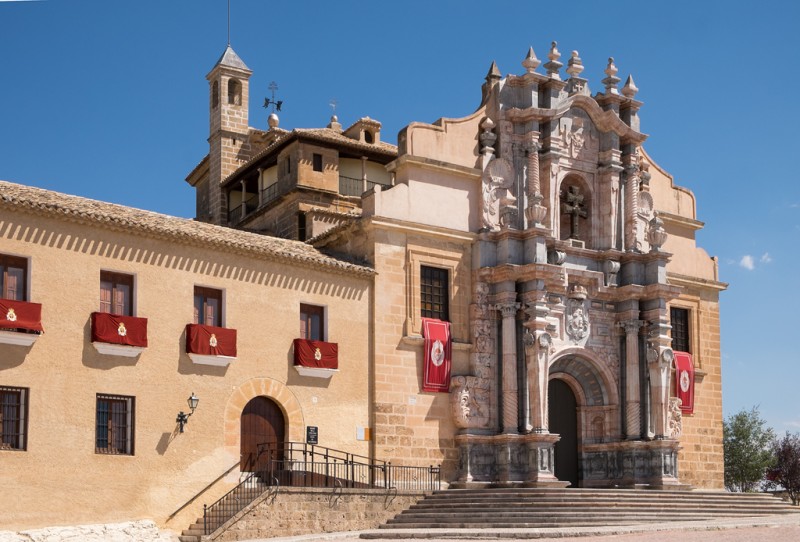
The Basilica, Castle and Sanctuary of Caravaca de la CruzThe home of the Cross of Caravaca is the castle-sanctuary above the town The Basílica de la Vera Cruz in Caravaca stands on the top of the hill behind the city, within the walls of the castle and alongside the museum dedicated to the True Cross..
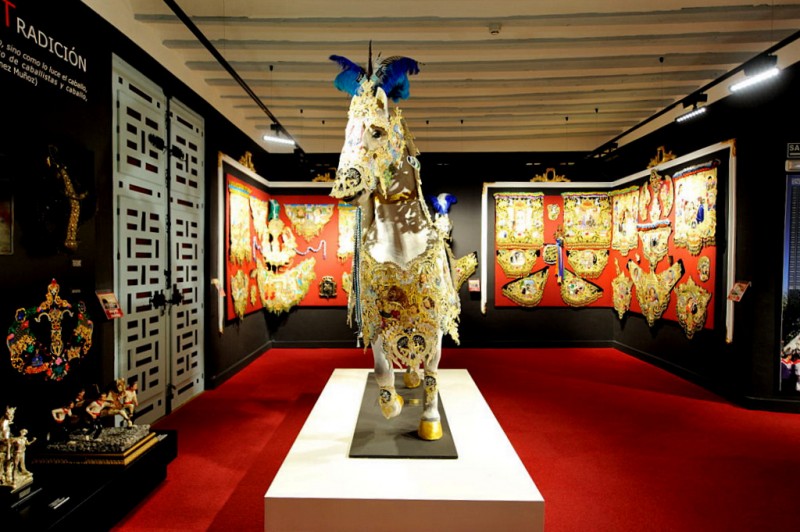
Casa-Museo de Los Caballos del Vino, the Wine Horses Museum in Caravaca de la CruzA chance to see the incredible embroideries of the Running of the Wine Horses up close If you’re in the Region of Murcia on May 2 then take the opportunity to witness one of the most memorable and unique fiestas to be seen anywhere in Spain and..
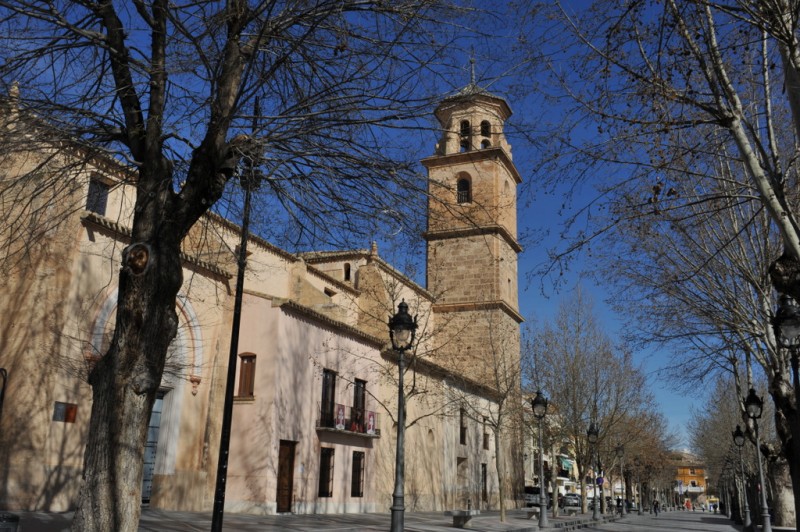
The Glorieta or Calle Corredera, the main tree-lined avenue in Caravaca de la CruzThe Glorieta, or Calle Corredera, runs from the Templete to the Convento del Carmen in Caravaca The Glorieta is the name commonly given to Calle Corredera, the wide tree-lined avenue which leads from the Templete to the Plaza de San Juan de la Cruz along the..
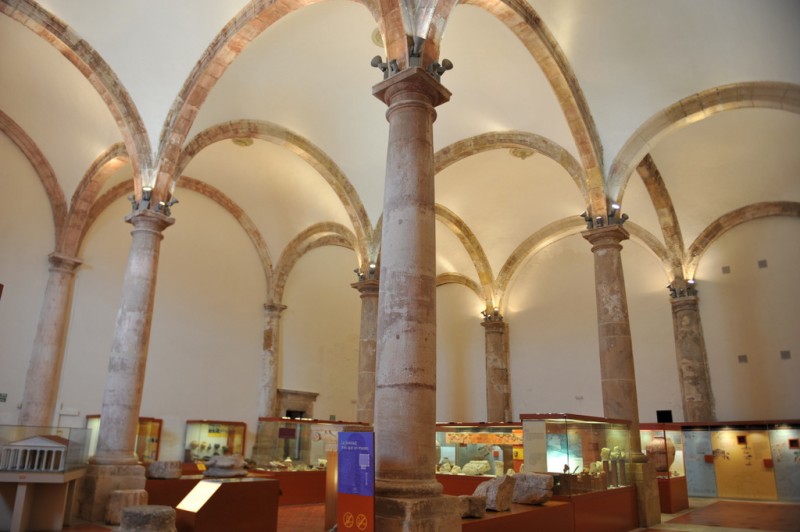
The archaeological museum of Caravaca de la CruzThe Museo Arqueológico de la Soledad in Caravaca de la Cruz The extraordinary history and pre-history of the Region of Murcia provides rich archaeological remains at over 2,000 sites dating back to the earliest dawn of the existence of..
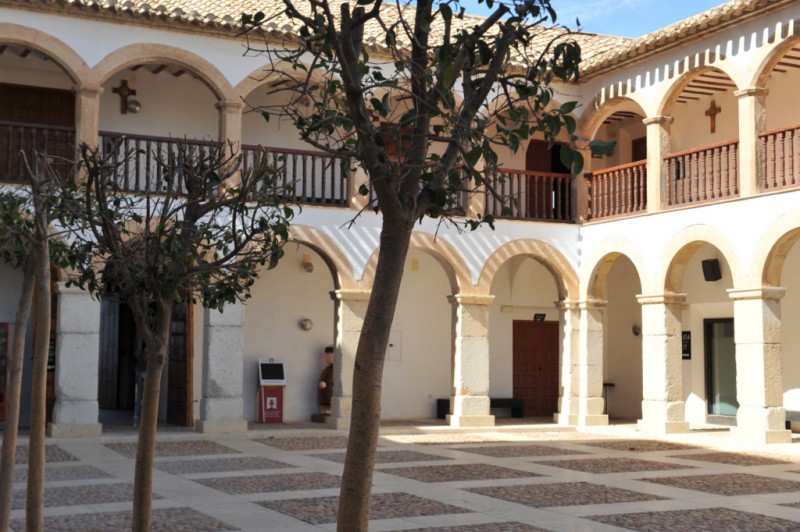
The Museo de la Vera Cruz in Caravaca de la CruzThe Museo de la Cruz within the walls of the medieval castle of Caravaca The Basílica de la Vera Cruz in Caravaca stands on the hill behind the city, within the walls of the castle and alongside the museum dedicated to the True Cross which provides..
Contact Murcia Today: Editorial 000 000 000 /
Office 000 000 000



